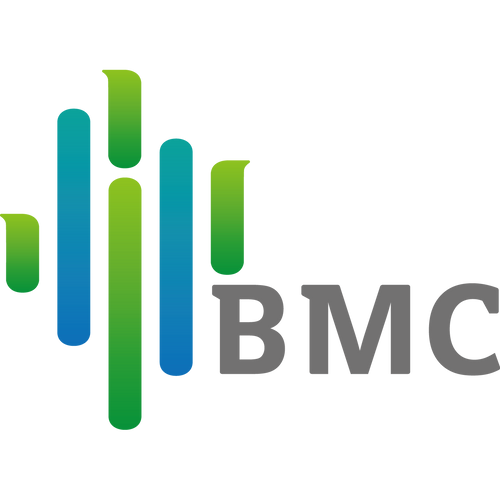The process of breathing is the process of lung ventilation "distribution" lung ventilation (diffusion). During spontaneous breathing, the inspiratory pressure is active, the intrathoracic pressure is negative, the intrathoracic pressure is positive when exhaling, and the pressure is zero at the end of inhalation and exhalation.

The ventilator is essentially a kind of air flow control device, which creates the pressure difference between the air orifice and the alveoli, and completes the function of auxiliary ventilation by controlling the gas flow, which is also called the ventilator or ventilator. It can be divided into negative pressure ventilation and positive pressure ventilation.
Negative pressure ventilation: in line with physiological conditions, similar to the spontaneous breathing of the human body. During mechanical ventilation, the ventilation pressure provided by the ventilator is lower than the atmospheric pressure.
However, due to the large negative effect, it has been rarely used in clinical practice. Typical representatives are iron lungs and chest armor. Positive pressure ventilation: changes the normal physiological condition of the body, in the process of mechanical ventilation, the ventilation pressure provided by the ventilator is higher than atmospheric pressure. Therefore, vital signs must be monitored to ensure safety.
Non-invasive positive pressure ventilation (Noninvasive Positive Pressure Ventilation,NPPV) is a technique that provides positive pressure ventilation support without endotracheal intubation or tracheotomy.
In a typical non-invasive ventilator, there are two modes of breathing: one is pressure-controlled breathing mode (PCV), the other is autonomic breathing mode (PSV); PCV can be triggered by patients or machines, and the switch must be time switching, which can be divided into AV and CV.
PSV must be triggered by the patient and switched by the patient. Therefore, the common modes of non-invasive ventilator are: CPAP, S, T, Splink T. Among them, single level-CPAP; double level (BiPAP)-S, T, S beat T (see the following table for differences).
In the past few decades, positive pressure mechanical ventilator has developed from a simple high-pressure gas regulator to an advanced microprocessing system that can control respiratory transport, inspiratory / expiratory time, expiratory pressure and other respiratory parameters.
The terms that define these processes are also evolving, but they are often puzzling. This confusion is partly due to the fact that different manufacturers describe the same design feature as a variety of different technical terms.
On the other hand, simple old nomenclature cannot fully summarize many of the advances that have been made. The classification of "mandatory and autonomic ventilation" and the concept of "control and auxiliary ventilation" are two examples.
The terms "instruction" and "autonomy" (breathing) originally mean that (acting in the respiratory process) either refer specifically to the ventilator or all come from the patient. Now these terms are blurred because modern ventilators enable patients to trigger ventilation (autonomic characteristics) and receive continuous ventilator support, with both autonomous and command characteristics.
The term "control" originally refers to the control parameters (volume or pressure control) of the ventilator. Now, the term (control) is often used to distinguish between ventilator trigger and patient trigger (auxiliary / control).


